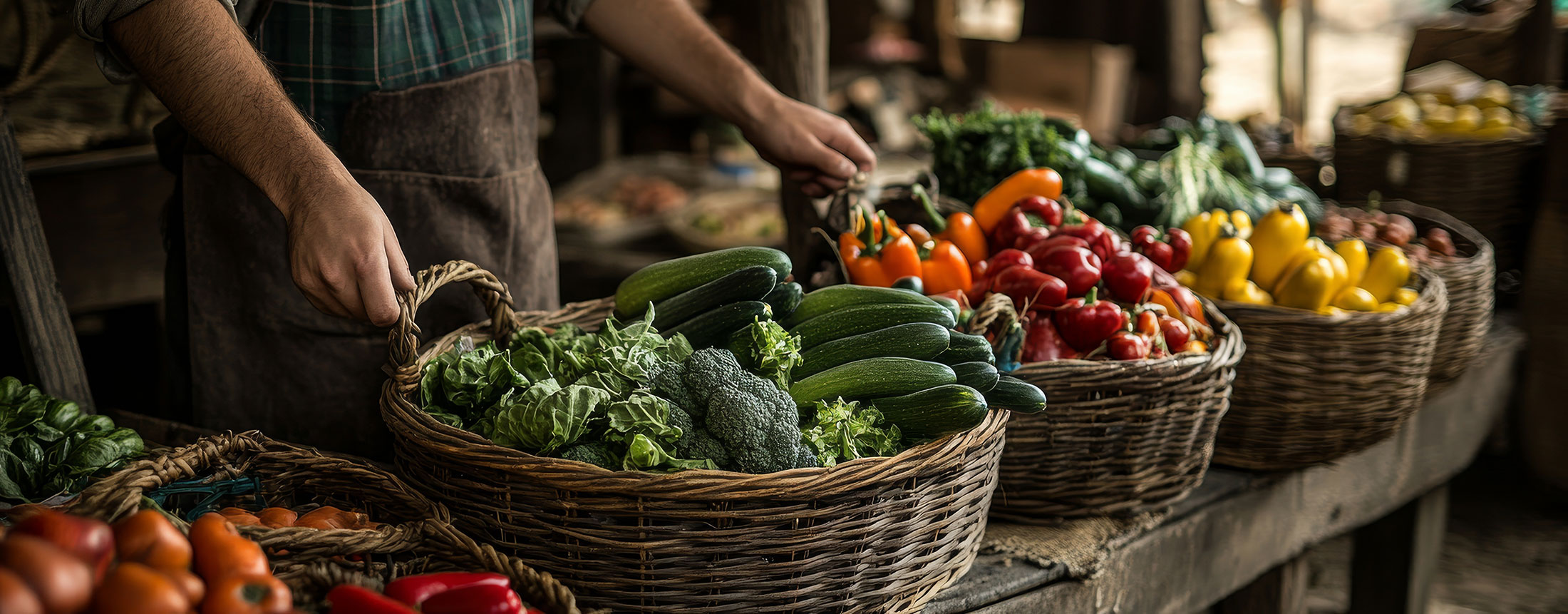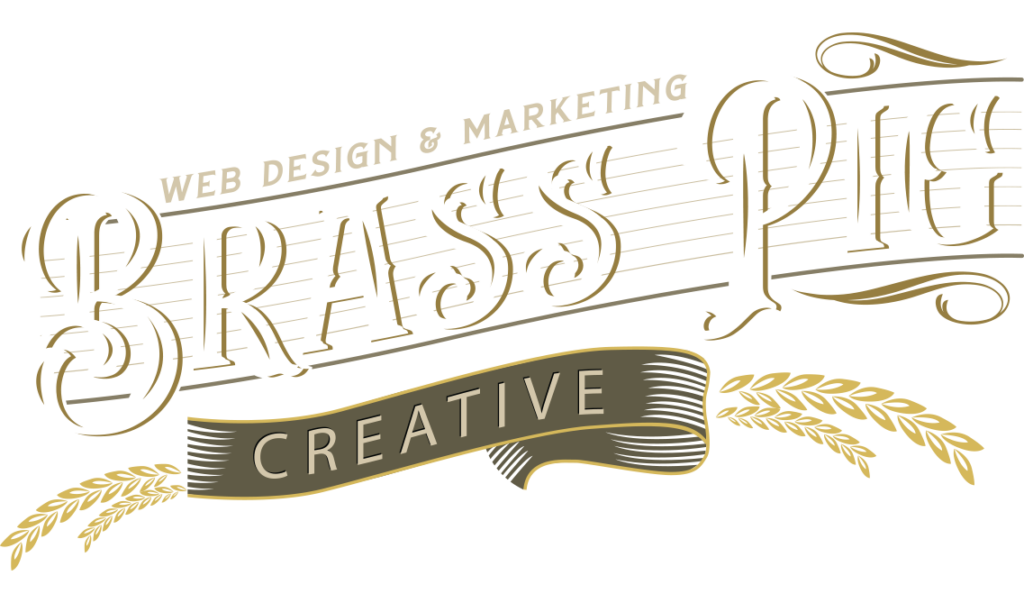Let's Talk
How To Sucessfully Sell at a Farmers Market
Selling at a farmers market is a fantastic way to connect with customers, grow your business, and contribute to your local community—here’s how to do it successfully.

Selling your products at a farmers market can be a rewarding way to reach customers, build your brand, and support your local community. Whether you’re selling fresh produce, baked goods, handmade crafts, or other unique items, here’s a step-by-step guide to help you succeed.
1. Research Farmers Markets in Your Area
Before setting up shop, find out which farmers markets are available near you. Consider factors such as market location and foot traffic, vendor fees and application requirements, types of products sold and customer demographics, as well as competition and niche opportunities. It’s important to visit potential markets beforehand to observe how they operate. Take notes on which products are in high demand and identify any gaps that your products could fill. Speaking with current vendors can also provide valuable insights into what works well and any challenges you might face. Some markets may have waiting lists, so applying early can help secure a spot.
2. Apply for a Vendor Spot
Most farmers markets require vendors to apply in advance. Be prepared to provide a description of your products, proof of necessary permits or licenses such as food safety or a business license, and photos or samples of your products. Ensure your application stands out by emphasizing what makes your products unique or different from existing vendors. Some markets may also require liability insurance, so be sure to check the requirements carefully. Additionally, some farmers markets prioritize locally grown or handmade products, so highlighting these aspects in your application can improve your chances of acceptance.
3. Prepare Your Products
Ensure your products are fresh, high-quality, and properly packaged. Attractive and functional packaging, clear labeling with ingredients, pricing, and branding, as well as compliance with health and safety regulations, are all essential elements to consider. If selling food, be sure to follow all local and state regulations regarding food preparation and handling. For handmade items, investing in quality materials and craftsmanship can help you build a strong reputation among customers. Offering variations of your products, such as different sizes or flavors, can also attract a wider range of buyers.
4. Set Up an Eye-Catching Booth
Your booth should be inviting and easy to navigate. A sturdy table and display setup, clear signage with your business name and pricing, along with aesthetic touches like tablecloths, baskets, and product samples, can make a big difference in attracting customers. Consider using different levels in your display to create visual interest, such as risers or shelves to showcase products at varying heights. Branding your booth with a consistent color scheme, logo, and signage can help customers recognize and remember your business. If space allows, setting up a small demonstration or interactive element, such as a tasting station or live crafting session, can draw in more foot traffic.
5. Price Your Products Strategically
Pricing should reflect the value of your products while remaining competitive. Consider the cost of production and market demand, competitor pricing at the same market, and offering bundle deals or discounts for repeat customers to encourage sales. It’s important to test different pricing strategies to see what works best. Providing a mix of price points, from affordable impulse-buy items to premium, higher-priced goods, can appeal to a wider range of shoppers. Clearly displaying your prices can also help customers make quick purchasing decisions. If possible, offer promotions such as “buy one, get one 50% off” to increase sales volume.
6. Engage with Customers
Friendly customer interactions can drive sales and build loyalty. Greet visitors warmly and offer samples, share your story and the benefits of your products, and be prepared to answer questions about ingredients, sourcing, or craftsmanship to build trust with customers. Having a prepared script or key talking points can help you confidently discuss your products. Encourage customers to follow you on social media or sign up for a newsletter to stay updated on new offerings. If you notice repeat customers, take the time to recognize them and express appreciation for their support.
7. Accept Multiple Payment Options
Many customers prefer cash, but having digital payment options like credit cards, Venmo, or PayPal can increase sales and convenience for buyers. Investing in a portable card reader can make transactions seamless and professional. Clearly displaying accepted payment methods can also encourage more purchases. Some customers may also appreciate contactless payment options, especially in post-pandemic shopping environments. Be sure to have small bills and change available for those who prefer to pay with cash.
8. Promote Your Booth
Use social media, email newsletters, and word-of-mouth to attract customers. Posting sneak peeks of your products before market day, running special promotions or giveaways, and collaborating with other vendors for cross-promotion can help increase visibility and engagement. Creating engaging content, such as behind-the-scenes videos or customer testimonials, can also generate buzz around your brand. Consistency is key, so make sure to promote your market appearances regularly to keep customers informed. Engaging with customers through polls or Q&A sessions on social media can also build anticipation for market days.
9. Keep Track of Sales and Inventory
Maintaining good records will help you understand which products sell best and plan for future markets. Tracking daily sales and best-selling items, inventory levels and restocking needs, and customer feedback for product improvements can ensure long-term success. Using a simple spreadsheet or inventory management app can make it easier to keep track of stock levels and trends over time. Reviewing this data can help you determine which products to focus on and which ones may need adjustments. Additionally, setting goals for each market can help measure progress and refine your approach.
10. Build Relationships and Expand
Success at a farmers market isn’t just about selling—it’s about growing your presence. Stay involved by networking with other vendors and customers, seeking opportunities for wholesale or collaborations, and participating in additional markets or pop-up events to expand your reach. Building strong relationships with market organizers can also lead to better booth placement and promotional opportunities. Engaging with your customers beyond the market, such as through online sales or custom orders, can help maintain sales momentum even when the market is not in session. Consider offering seasonal or holiday-themed products to keep customers coming back throughout the year.
By following these steps, you can turn your farmers market booth into a profitable and enjoyable business. Consistency, quality, and customer engagement are key to long-term success. Happy selling!
